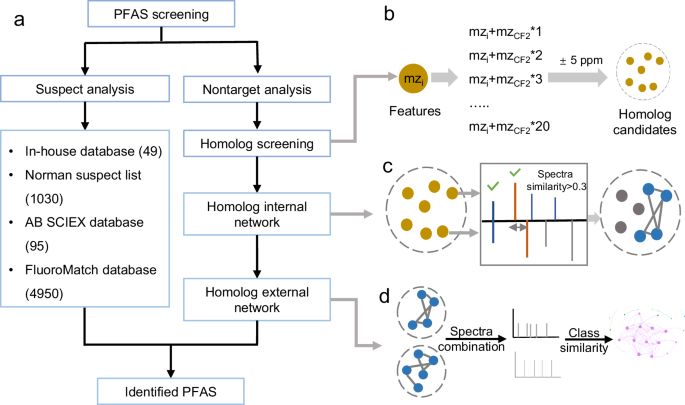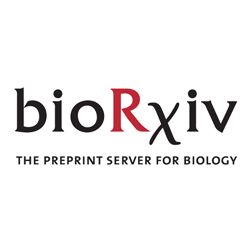
Learn more in @cp-cell.bsky.social
@pieterdorrestein.bsky.social, Rob Knight




Authors: Fleming Kretschmer, Eva-Maria Harrieder, Michael Witting, Sebastian Böcker
DOI: 10.26434/chemrxiv-2024-wd5j8
Authors: Fleming Kretschmer, Eva-Maria Harrieder, Michael Witting, Sebastian Böcker
DOI: 10.26434/chemrxiv-2024-wd5j8
Compiled by Clarivate, the list identifies scholars ranked in the top 1% in their respective fields.
Story ➡️ bit.ly/3B3inzF




